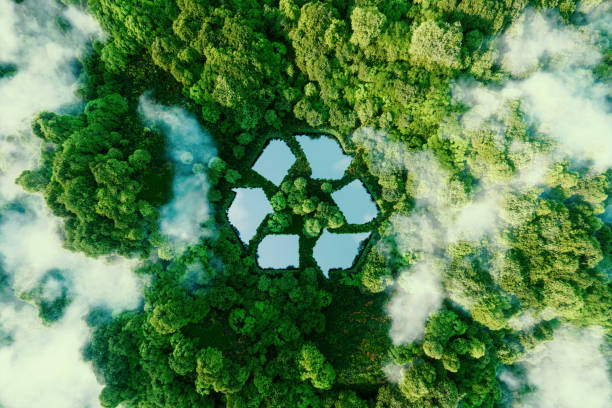Solastalgia: The Emotional Toll of Environmental Change
Solastalgia, a term gaining traction in mental health circles, describes the distress caused by environmental changes. This phenomenon bridges ecology and psychology, offering insights into our deep connection with our surroundings. As climate change accelerates, understanding solastalgia becomes crucial for addressing its impacts on mental well-being and community resilience.

This concept emerged from Albrecht’s observations of Australian communities affected by drought and mining. Residents expressed a profound sense of loss and displacement, even though they hadn’t physically moved. The term has since gained global recognition, applied to various scenarios from climate change to urbanization.
The Psychological Impact of Environmental Change
Solastalgia manifests in various psychological symptoms, including anxiety, depression, and a sense of powerlessness. As familiar landscapes transform due to climate change, natural disasters, or human activities, individuals may experience a loss of place identity and belonging.
Research indicates that solastalgia can lead to decreased mental health outcomes, particularly in communities with strong ties to their natural environment. Indigenous populations, farmers, and coastal communities are often disproportionately affected, as their cultural identities and livelihoods are closely linked to specific ecosystems.
Solastalgia in the Context of Climate Change
Climate change serves as a significant driver of solastalgia worldwide. As extreme weather events become more frequent and intense, communities face not only physical destruction but also the erosion of their sense of place and security.
In the Arctic, for instance, indigenous communities report feelings of solastalgia as melting sea ice disrupts traditional hunting practices and cultural rituals. Similarly, residents of low-lying island nations grapple with the existential threat of rising sea levels, experiencing solastalgia even before physical displacement occurs.
Coping Strategies and Community Resilience
As awareness of solastalgia grows, so do efforts to address its impacts. Mental health professionals are incorporating environmental factors into their practice, recognizing the need for eco-therapy and nature-based interventions.
Communities are also developing collective coping strategies. In areas prone to wildfires or flooding, for example, residents engage in communal restoration projects, helping to rebuild both the physical landscape and their emotional connection to it. These efforts not only mitigate environmental damage but also foster a sense of agency and community cohesion.
The Role of Environmental Education and Activism
Environmental education plays a crucial role in addressing solastalgia. By fostering a deeper understanding of ecological systems and the impacts of human activity, individuals can develop a more resilient relationship with their environment.
Activism and community engagement also serve as powerful antidotes to the helplessness often associated with solastalgia. Participating in local conservation efforts or advocating for climate action can provide a sense of purpose and control, counteracting feelings of despair.
Solastalgia and Urban Planning
Urban planners and policymakers are increasingly considering the concept of solastalgia in their work. As cities expand and transform, there’s a growing recognition of the need to preserve green spaces and incorporate nature into urban design. These efforts aim to maintain a connection to the natural world even in highly developed areas, potentially mitigating the effects of solastalgia in urban populations.
Some cities are experimenting with biophilic design, integrating natural elements into buildings and public spaces. Others are focusing on the preservation and restoration of urban ecosystems, recognizing their importance not just for biodiversity, but for human well-being as well.
The Future of Solastalgia Research
As the impacts of climate change intensify, solastalgia is likely to become an increasingly relevant field of study. Researchers are exploring its long-term effects on mental health, social cohesion, and cultural preservation.
There’s also growing interest in how solastalgia might intersect with other forms of environmental distress, such as eco-anxiety or climate grief. Understanding these relationships could inform more comprehensive approaches to addressing the psychological impacts of environmental change.
Conclusion: Navigating a Changing World
Solastalgia represents a unique challenge in our rapidly changing world. It highlights the profound connection between human well-being and environmental stability, underscoring the need for holistic approaches to both mental health and environmental conservation.
As we grapple with the realities of climate change and environmental degradation, acknowledging and addressing solastalgia becomes crucial. By fostering resilience, promoting environmental stewardship, and maintaining our connection to place, we can navigate the emotional complexities of our changing world while working towards a more sustainable future.





